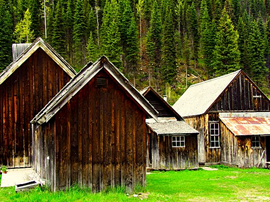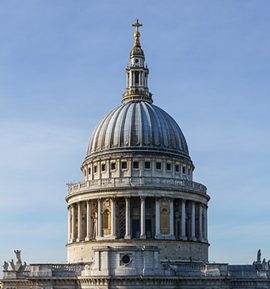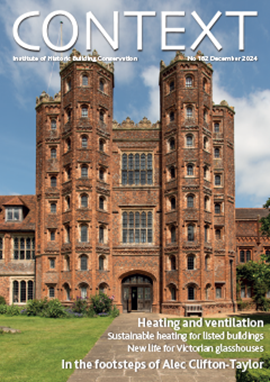ICE recommendations on Palace of Westminster
On 15 Sept 2016, the Joint Committee on the Palace of Westminster accepted the Institution of Civil Engineers’(ICE) recommendations for the historic building’s redevelopment.
They concluded that the lowest risk, most cost-effective and time-efficient option was for all MPs, Peers and staff to move out of the Palace in one single phase while works were carried out.
Appointed in July 2015, the committee is co-chaired by Chris Grayling MP and Baroness Stowell of Beeston.
Responding to the Committee’s call for evidence, ICE provided its expertise through a written submission, as well as calling David Hirst CEng FICE, the chair of ICE’s Management Panel, to give evidence in person.
Hirst suggested that a full decant of occupants offered best value for public money. He told the committee that "giving clear access to a range of contractors over a period of time offers the simplest, best and lowest risk option."
ICE's submission offered evidence on the scope of the work as well as how the work should be delivered. Amongst the recommendations were to ensure that the project is properly resourced and funded, with highly capable and experienced professionals and adequate contingency provisions.
He also said that, “a partial decant would include quite a lot of working around existing activities. You would end up taking up a lot more space to allow existing activities to carry on. It would be quite difficult to co-ordinate and more expensive as a result.
“Continuing maintenance on a larger scale without decanting, we would never see the end of. It is beyond the working lifetime of the people involved and the scope of works would necessarily change during the lifetime of that scale of works."
He warned that the project needed a clear vision early on, in order to realise the opportunities that were on offer.
The joint committee agreed, concluding that the Palace 'faces an impending crisis which we cannot responsibly ignore'. They stated that there was ‘a substantial and growing risk of either a single, catastrophic event, such as a major fire, or a succession of incremental failures in essential systems which would lead to Parliament no longer being able to occupy the Palace.’
This article was originally published by ICE on 15 Sept 2016. It was written by Simon Barney.
--The Institution of Civil Engineers
[edit] Related articles on Designing Buildings
IHBC NewsBlog
200th Anniversary Celebration of the Modern Railway Planned
The Stockton & Darlington Railway opened on September 27, 1825.
Competence Framework Launched for Sustainability in the Built Environment
The Construction Industry Council (CIC) and the Edge have jointly published the framework.
Historic England Launches Wellbeing Strategy for Heritage
Whether through visiting, volunteering, learning or creative practice, engaging with heritage can strengthen confidence, resilience, hope and social connections.
National Trust for Canada’s Review of 2024
Great Saves & Worst Losses Highlighted
IHBC's SelfStarter Website Undergoes Refresh
New updates and resources for emerging conservation professionals.
‘Behind the Scenes’ podcast on St. Pauls Cathedral Published
Experience the inside track on one of the world’s best known places of worship and visitor attractions.
National Audit Office (NAO) says Government building maintenance backlog is at least £49 billion
The public spending watchdog will need to consider the best way to manage its assets to bring property condition to a satisfactory level.
IHBC Publishes C182 focused on Heating and Ventilation
The latest issue of Context explores sustainable heating for listed buildings and more.
Notre-Dame Cathedral of Paris reopening: 7-8 December
The reopening is in time for Christmas 2025.
Stirling Prize-winning Salford building to be demolished
The Centenary Building will be bulldozed as part of the wider £2.5bn Crescent regeneration project.
















